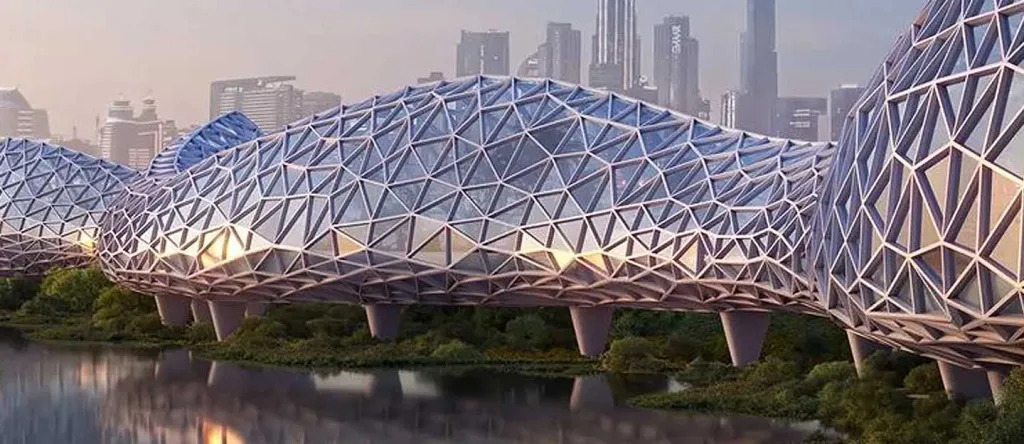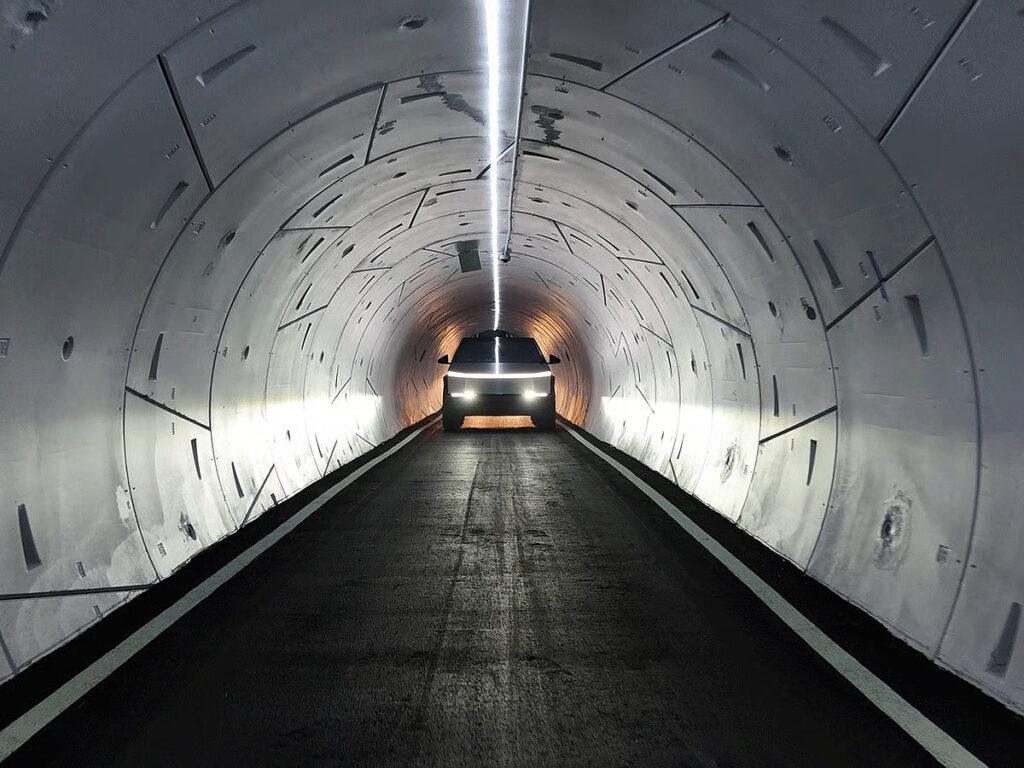Dubai is preparing to enter a new transportation phase by introducing the Dubai Loop, a high-speed underground transport system designed by Elon Musk, which is being built by the Boring Company (TBC). The Dubai Loop is anticipated to be operational by the second quarter of 2026 and will transform the concept of urban movement by being fast, clean, and all-electric in design—one of the biggest landmarks in sustainable infrastructure in the Middle East.
Table of Contents
What Is the Dubai Loop?
The Loop is an underground transit system of the future with Tesla electric cars that will run within special tunnels. The Loop is going to drastically shorten commute time, as unlike conventional metros, the Loop will not have to stop at each station but will be able to go straight to the desired destination.

Founded by Elon Musk as the Teslas in tunnels, the Loop is a project that integrates electric movement with high-tech engineering to provide an uninterrupted, on-demand trip at a faster, quieter, and more efficient speed than the traditional subway.
Why Dubai Was Chosen
The innovative mindset of Dubai saw The Boring Company select it as the first Middle East location. The project facilitates major governmental projects such as the Dubai Clean Energy Strategy 2050 and Dubai 2040 Urban Master Plan that focus on sustainability and smart connectivity.
As its population expands and the number of tourists visiting it rises worldwide, the city has always been searching for the latest mobility technologies—autonomous cars, flying drones, etc.—and the Loop is the product that fits well into the landscape of this futuristic environment.
How the System Will Work
The initial stage of the Dubai Loop will cover 17 kilometers with 11 stations, having the capacity to bring more than 20,000 passengers on board each hour.
The project, in collaboration with the Roads and Transport Authority of Dubai (RTA) and The Boring Company, will be used to link major commercial, residential, and tourist points in the emirate. The network may ultimately spread city-wide so as to serve over 100,000 passengers per hour.
Each car is capable of traveling over 100 miles per hour (160 km/h), reducing a trip between destinations of choice to as little as five and a half minutes.
Loop vs. Metro: What’s the Difference?
The Loop has smaller and distributed stations, some measuring as small as two parking spaces, unlike the metro systems, which have large stations that they use and have fixed routes. This can be easily incorporated into the malls, office complexes, and residential premises.

Customers get into single Tesla cars that drop them to their destination without passing traffic, thereby removing congestion and time wastage. The experience will be tailored to resemble more of a personalized express service as opposed to conventional public transport.
While both systems move people underground, Loop is fundamentally different from a metro.
| Feature | Metro | Dubai Loop |
|---|---|---|
| Vehicle type | Train | Tesla electric vehicles |
| Stops | Fixed stations | Direct-to-destination rides |
| Station size | Large hubs | Compact entry/exit points |
| Operation | Scheduled | On-demand |
| Noise/Emissions | Moderate, electric | Silent, zero-emission |
Safety and Security
The Boring Company has safety as one of its top priorities. Each tunnel includes:
- Redundant ventilation systems
- Fire detection and suppression infrastructure
- Emergency exits and 24/7 communication links
- Centralized monitoring through an Operations Control Centre
Also Read: Top 5 Luxe Things to Do Inside the Burj Al Arab
TBC has been successful in its security and operational excellence, with its flagship project, the Vegas Loop, already receiving the Gold Standard Award from the U.S. Department of Homeland Security, TSA.
Moreover, tunnels are seismically stable by nature, as they move with the ground in a uniform motion and thus diminish the likelihood of collapsing because of debris on the surface.
What’s Next for Dubai’s Loop
The pilot stage should start shortly, and the full operations will start in Q2 2026. Upon its launch, the system will provide a high-speed, zero-emission, and affordable travel alternative to the current transport system in Dubai. With the success, the Dubai Loop may become one of the world’s references in sustainable underground mobility, stimulating other projects of this kind around the world.
At a Glance: The Dubai Loop
- Launch: Q2 2026
- Length: 17 km (pilot phase)
- Stations: 11
- Capacity: 20,000 passengers/hour (pilot); 100,000+ once expanded
- Top Speed: 100 mph (160 km/h)
- Technology: All-electric Tesla vehicles, zero-emission
- Partners: The Boring Company, RTA, Vy Capital

